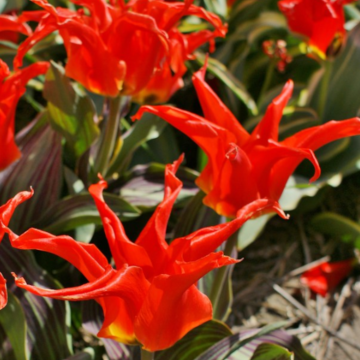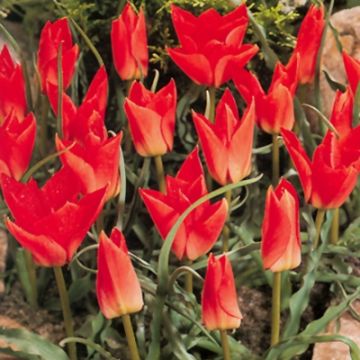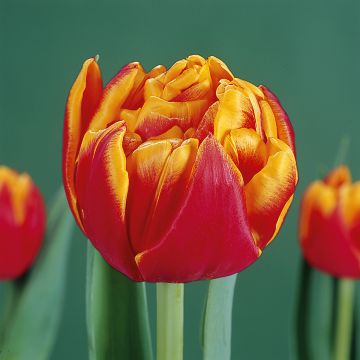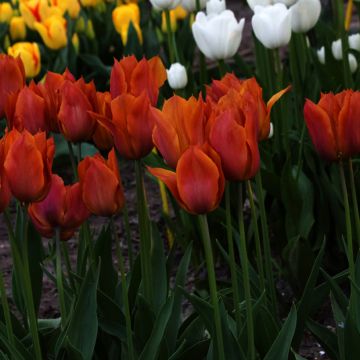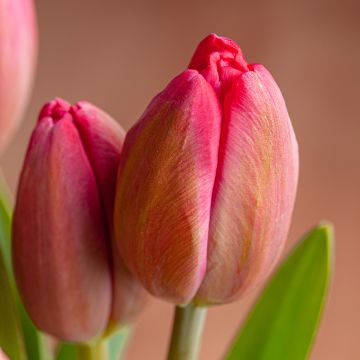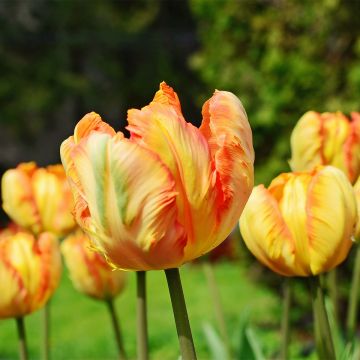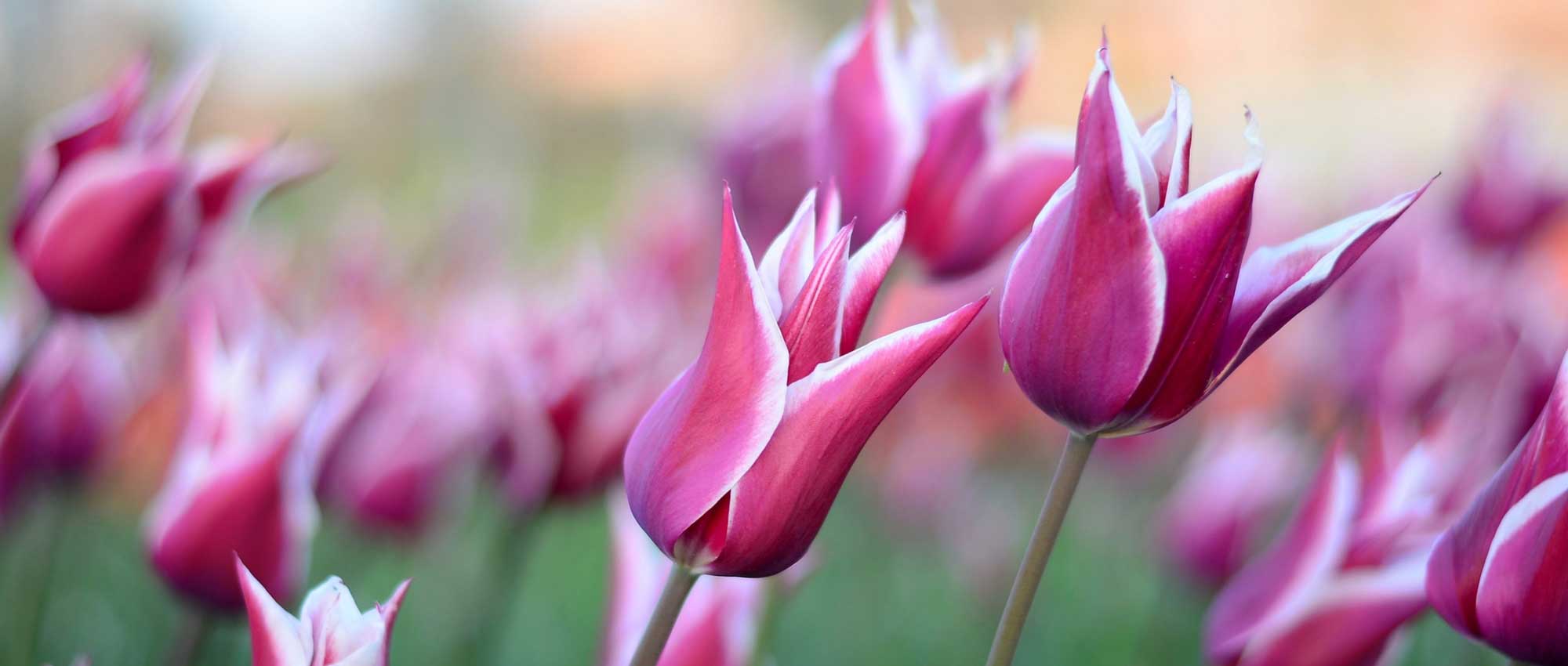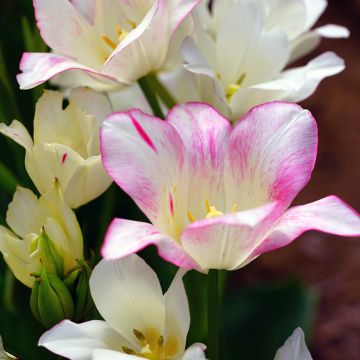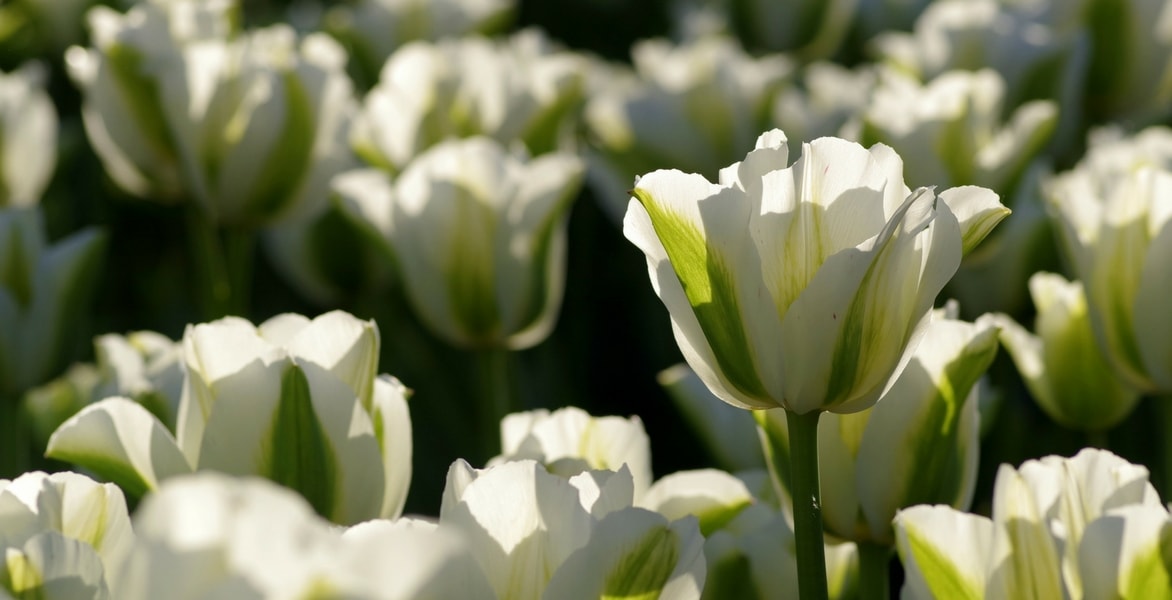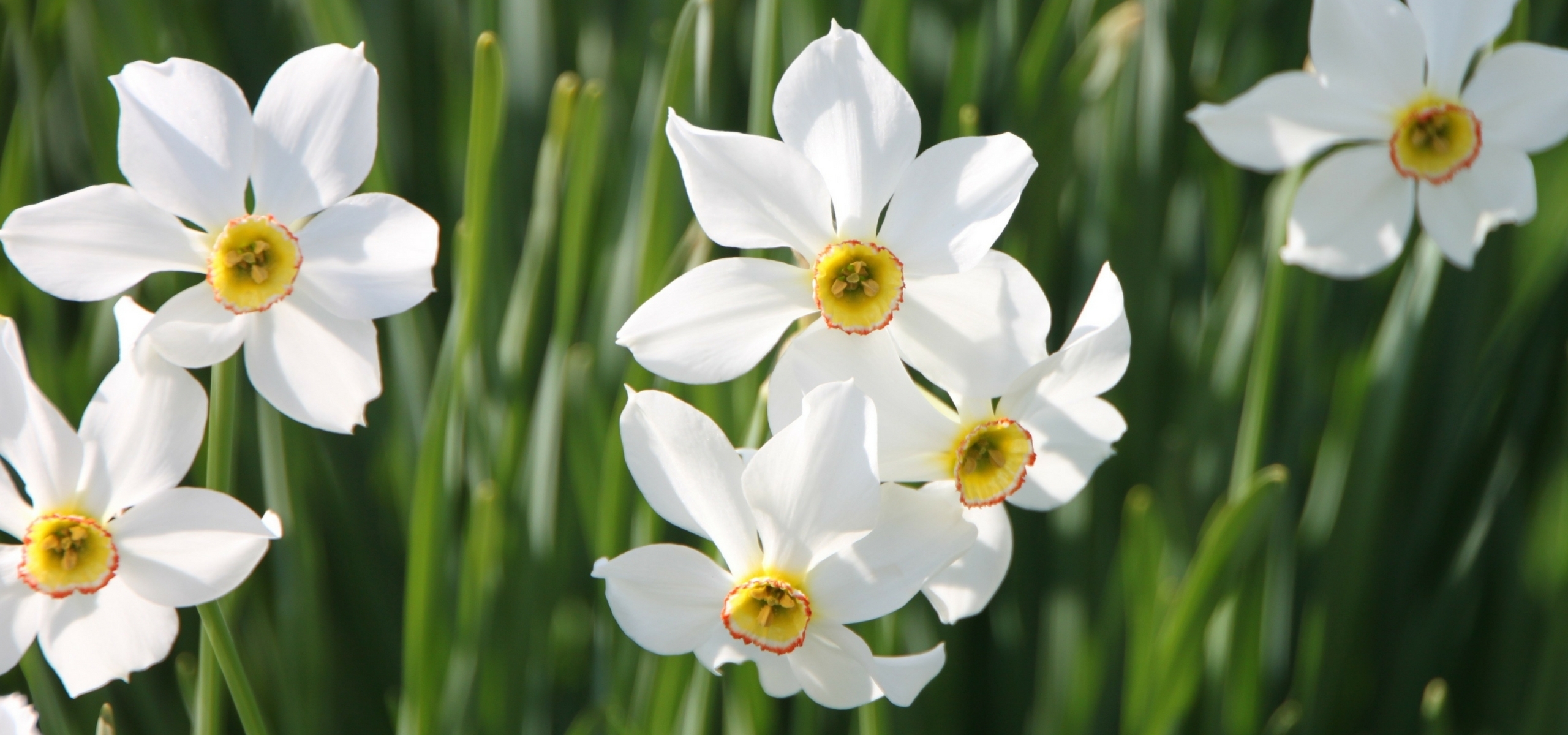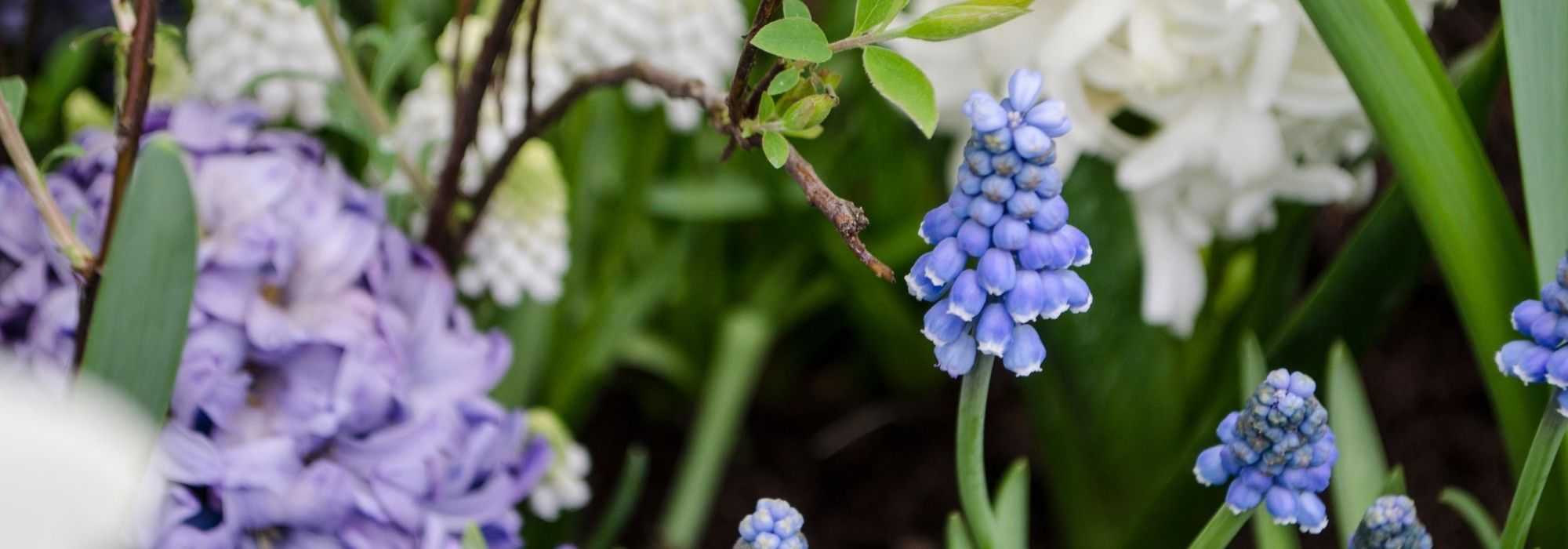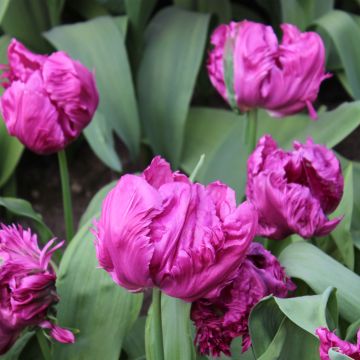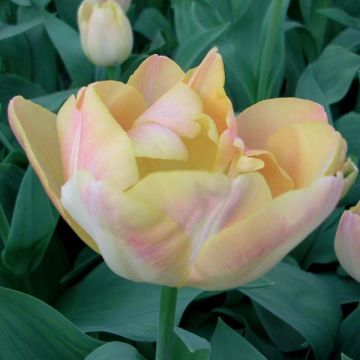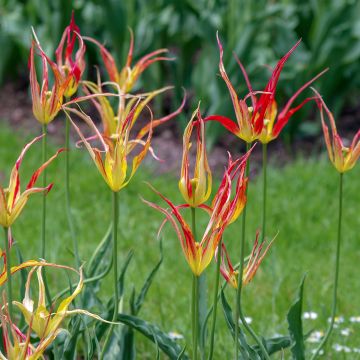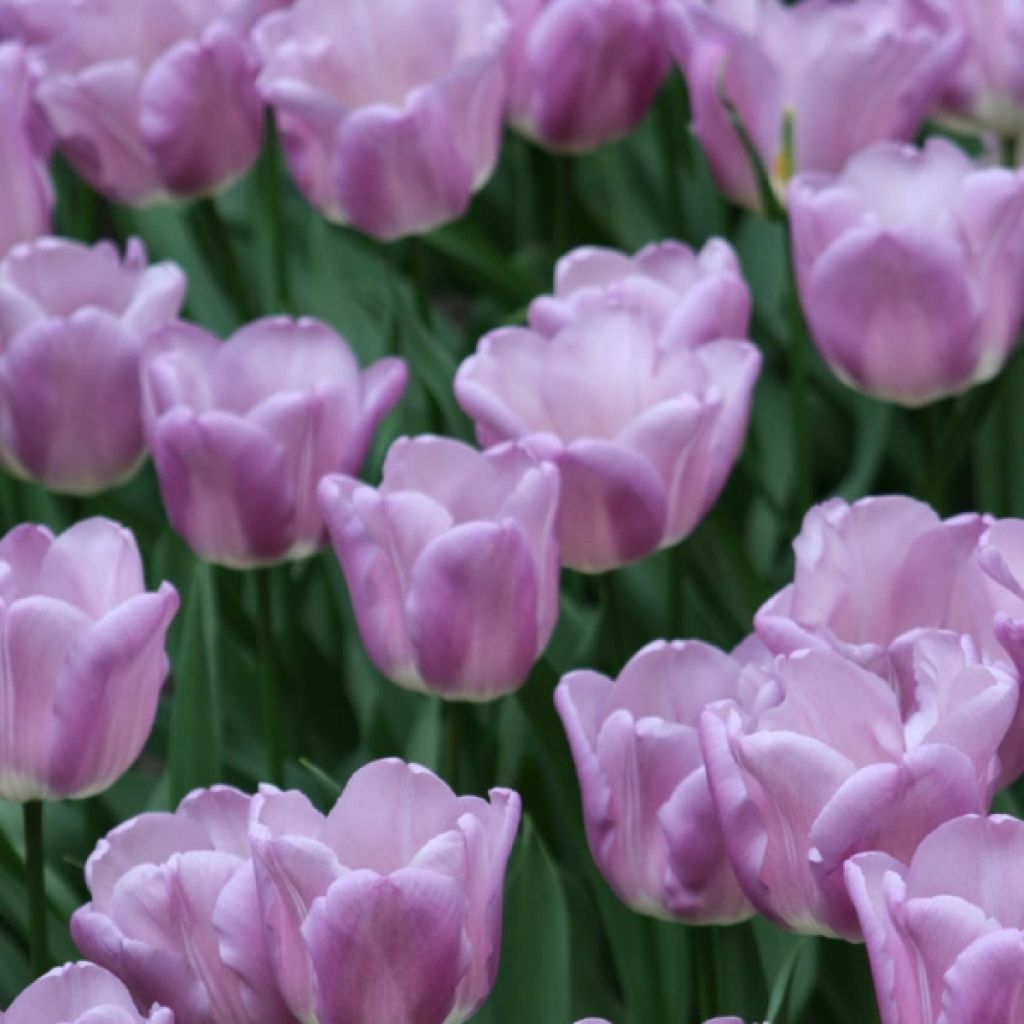

Tulipa Magic Lavender - Triumph Tulip
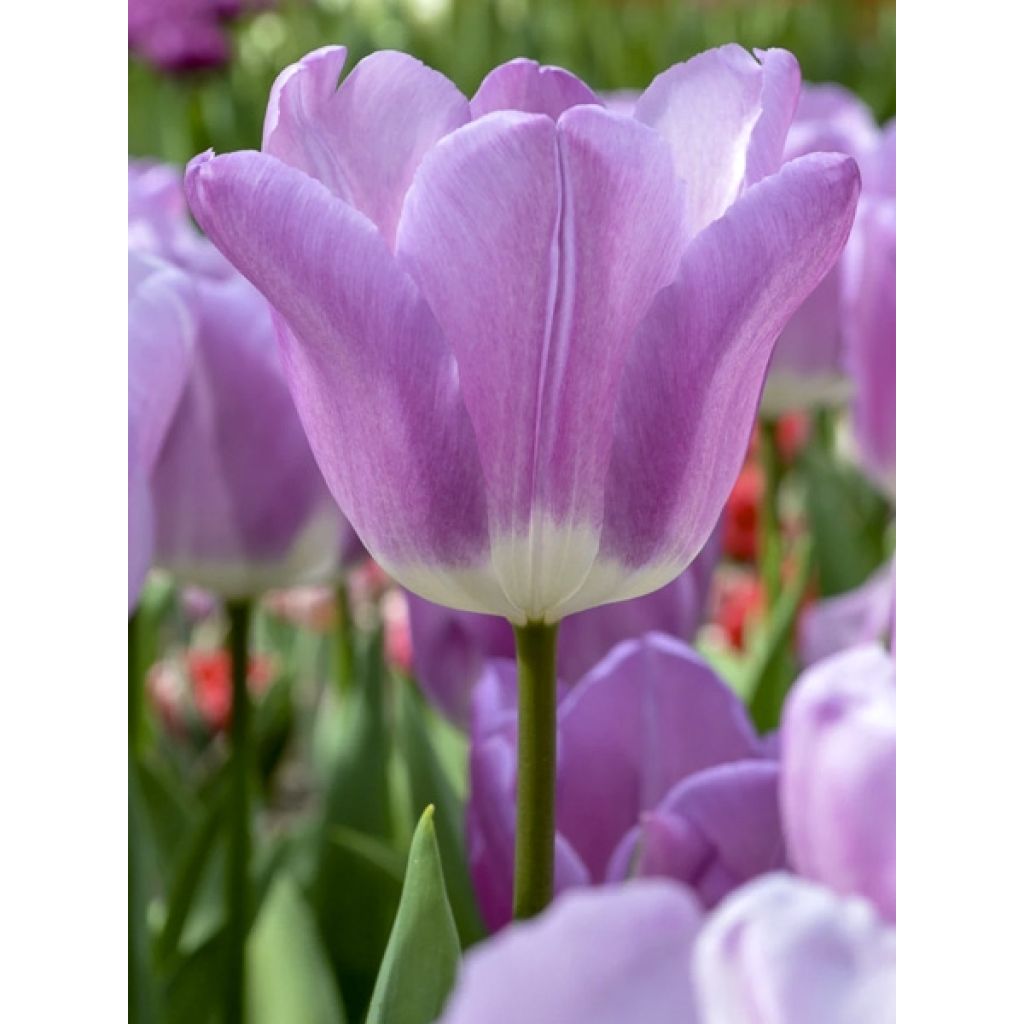

Tulipa Magic Lavender - Triumph Tulip
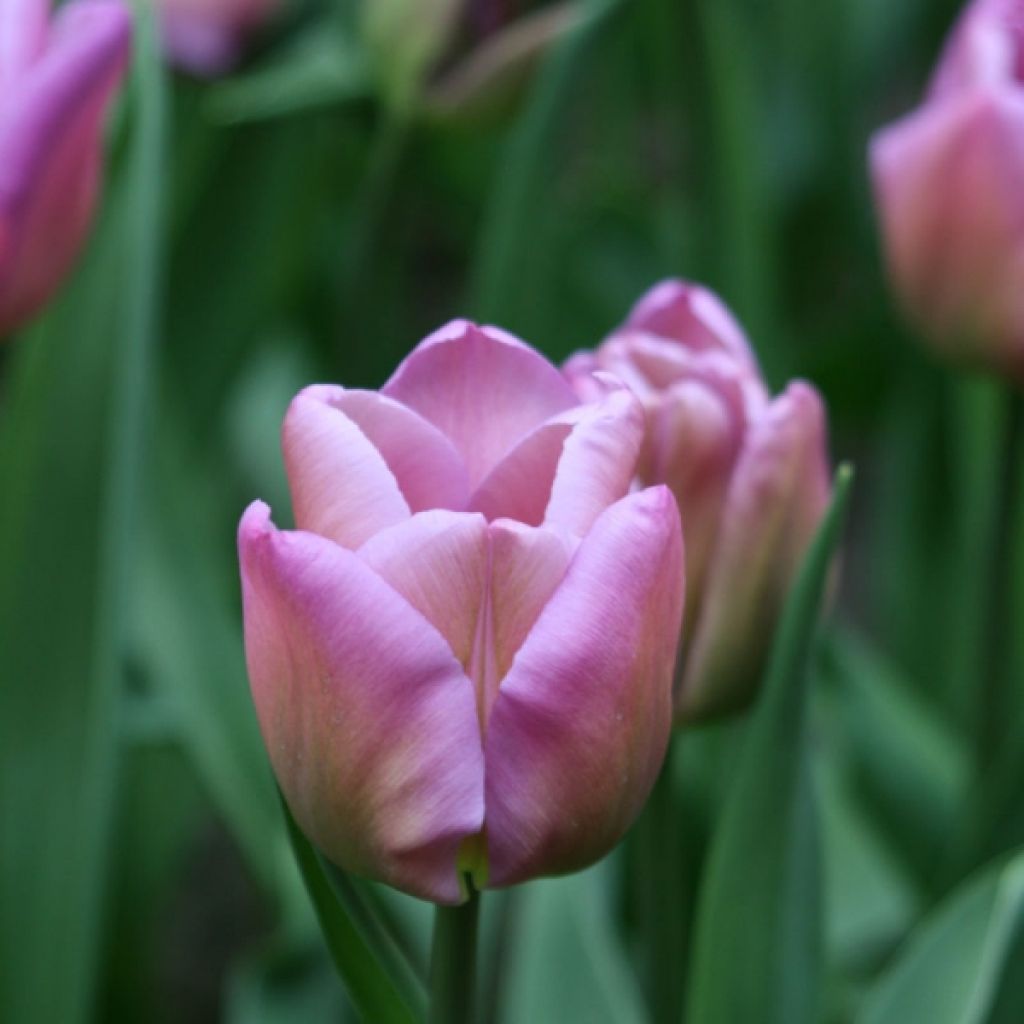

Tulipa Magic Lavender - Triumph Tulip
Tulipa Magic Lavender - Triumph Tulip
Tulipa Triumph Magic Lavender
Triumph Tulip
Excellent condition from order to delivery.
Marie L., 01/11/2019
Special offer!
Receive a €20 voucher for any order over €90 (excluding delivery costs, credit notes, and plastic-free options)!
1- Add your favorite plants to your cart.
2- Once you have reached €90, confirm your order (you can even choose the delivery date!).
3- As soon as your order is shipped, you will receive an email containing your voucher code, valid for 3 months (90 days).
Your voucher is unique and can only be used once, for any order with a minimum value of €20, excluding delivery costs.
Can be combined with other current offers, non-divisible and non-refundable.
Why not try an alternative variety in stock?
View all →This plant carries a 6 months recovery warranty
More information
We guarantee the quality of our plants for a full growing cycle, and will replace at our expense any plant that fails to recover under normal climatic and planting conditions.

Does this plant fit my garden?
Set up your Plantfit profile →
Description
The 'Magic Lavender' Triumph Tulip does not disappoint with its name. It displays a single flower on top of a sturdy stem, in a perfectly formed elongated cup shape, in a range of mauve to lavender blue tones that is quite unique. Blooming in the middle of tulip season, this beauty queen will undoubtedly add a touch of magic to spring flower beds. Its long-lasting flowering allows for the creation of numerous bouquets alongside white, pink, or even purple to nearly black varieties.
The 'Magic Lavender' Tulip, recently introduced to the market, belongs to the Lily family. Of horticultural origin, it is currently classified in the 'Triumph' group, which is mainly characterised by narrow cup-shaped flowers. Perched on sturdy stems that can withstand the elements, reaching a height of 45-50 cm (18-20in), they tower over dark green, widely lanceolate leaves, measuring 10 to 35 cm (4 to 14in) long. The oval flowers, measuring 4 to 6 cm (2in) in diameter, egg-shaped, have six "petals" (more precisely tepals) in an indecisive mauve, nuanced with lavender and bluish reflections. This range of shades is enhanced by the slightly translucent and pearly texture of the petals. They are carried by robust stems, of a good size for making bouquets. The flowering takes place in April-May, for at least 3 weeks, in the middle of tulip season.
It is not always known, but Triumph tulips are particularly suitable for forcing. When grown in pots, they can be in bloom for Valentine's Day. The 'Magic Lavender' Triumph Tulip finds its place in large flower beds. Combine it with other tulips, white, pink or purple, which also maximizes the flowering period of the flower beds. Mix it with daffodils, jonquils, hyacinths, Corsican hellebores, and euphorbia, and you will create surprising scenes. It can also be planted in borders, rockeries, flower beds, as well as in pots and containers. This tulip enhances balconies and terraces very well. It goes perfectly well with tall perennials and contributes to the elegance of bouquets. In a vase, use very little water! Furthermore, if your tulips open too quickly, you can add two to three ice cubes to the vase every day.
Plant habit
Flowering
Foliage
Botanical data
Tulipa
Triumph
Magic Lavender
Liliaceae
Triumph Tulip
Cultivar or hybrid
Other Single Tulips
View all →Planting and care
Place the 'Magic Lavender' triumph tulips in a sunny location preferably or partially shaded and sheltered from the wind. Plant them from mid-October to mid-November for optimal spring flowering. Plant the bulbs in well-drained soil, lightened with compost and deeply loosened, so as to bury them 15 cm (6in) deep. Space the bulbs 10 cm (4in) apart without them touching each other to create a mass effect; cut the flower stalks after flowering. Allow the leaves to dry completely before cutting them.
Planting period
Intended location
Care
Planting & care advice
-
, onOrder confirmed
Reply from on Promesse de fleurs
Similar products
Haven't found what you were looking for?
Hardiness is the lowest winter temperature a plant can endure without suffering serious damage or even dying. However, hardiness is affected by location (a sheltered area, such as a patio), protection (winter cover) and soil type (hardiness is improved by well-drained soil).

Photo Sharing Terms & Conditions
In order to encourage gardeners to interact and share their experiences, Promesse de fleurs offers various media enabling content to be uploaded onto its Site - in particular via the ‘Photo sharing’ module.
The User agrees to refrain from:
- Posting any content that is illegal, prejudicial, insulting, racist, inciteful to hatred, revisionist, contrary to public decency, that infringes on privacy or on the privacy rights of third parties, in particular the publicity rights of persons and goods, intellectual property rights, or the right to privacy.
- Submitting content on behalf of a third party;
- Impersonate the identity of a third party and/or publish any personal information about a third party;
In general, the User undertakes to refrain from any unethical behaviour.
All Content (in particular text, comments, files, images, photos, videos, creative works, etc.), which may be subject to property or intellectual property rights, image or other private rights, shall remain the property of the User, subject to the limited rights granted by the terms of the licence granted by Promesse de fleurs as stated below. Users are at liberty to publish or not to publish such Content on the Site, notably via the ‘Photo Sharing’ facility, and accept that this Content shall be made public and freely accessible, notably on the Internet.
Users further acknowledge, undertake to have ,and guarantee that they hold all necessary rights and permissions to publish such material on the Site, in particular with regard to the legislation in force pertaining to any privacy, property, intellectual property, image, or contractual rights, or rights of any other nature. By publishing such Content on the Site, Users acknowledge accepting full liability as publishers of the Content within the meaning of the law, and grant Promesse de fleurs, free of charge, an inclusive, worldwide licence for the said Content for the entire duration of its publication, including all reproduction, representation, up/downloading, displaying, performing, transmission, and storage rights.
Users also grant permission for their name to be linked to the Content and accept that this link may not always be made available.
By engaging in posting material, Users consent to their Content becoming automatically accessible on the Internet, in particular on other sites and/or blogs and/or web pages of the Promesse de fleurs site, including in particular social pages and the Promesse de fleurs catalogue.
Users may secure the removal of entrusted content free of charge by issuing a simple request via our contact form.
The flowering period indicated on our website applies to countries and regions located in USDA zone 8 (France, the United Kingdom, Ireland, the Netherlands, etc.)
It will vary according to where you live:
- In zones 9 to 10 (Italy, Spain, Greece, etc.), flowering will occur about 2 to 4 weeks earlier.
- In zones 6 to 7 (Germany, Poland, Slovenia, and lower mountainous regions), flowering will be delayed by 2 to 3 weeks.
- In zone 5 (Central Europe, Scandinavia), blooming will be delayed by 3 to 5 weeks.
In temperate climates, pruning of spring-flowering shrubs (forsythia, spireas, etc.) should be done just after flowering.
Pruning of summer-flowering shrubs (Indian Lilac, Perovskia, etc.) can be done in winter or spring.
In cold regions as well as with frost-sensitive plants, avoid pruning too early when severe frosts may still occur.
The planting period indicated on our website applies to countries and regions located in USDA zone 8 (France, United Kingdom, Ireland, Netherlands).
It will vary according to where you live:
- In Mediterranean zones (Marseille, Madrid, Milan, etc.), autumn and winter are the best planting periods.
- In continental zones (Strasbourg, Munich, Vienna, etc.), delay planting by 2 to 3 weeks in spring and bring it forward by 2 to 4 weeks in autumn.
- In mountainous regions (the Alps, Pyrenees, Carpathians, etc.), it is best to plant in late spring (May-June) or late summer (August-September).
The harvesting period indicated on our website applies to countries and regions in USDA zone 8 (France, England, Ireland, the Netherlands).
In colder areas (Scandinavia, Poland, Austria...) fruit and vegetable harvests are likely to be delayed by 3-4 weeks.
In warmer areas (Italy, Spain, Greece, etc.), harvesting will probably take place earlier, depending on weather conditions.
The sowing periods indicated on our website apply to countries and regions within USDA Zone 8 (France, UK, Ireland, Netherlands).
In colder areas (Scandinavia, Poland, Austria...), delay any outdoor sowing by 3-4 weeks, or sow under glass.
In warmer climes (Italy, Spain, Greece, etc.), bring outdoor sowing forward by a few weeks.






























